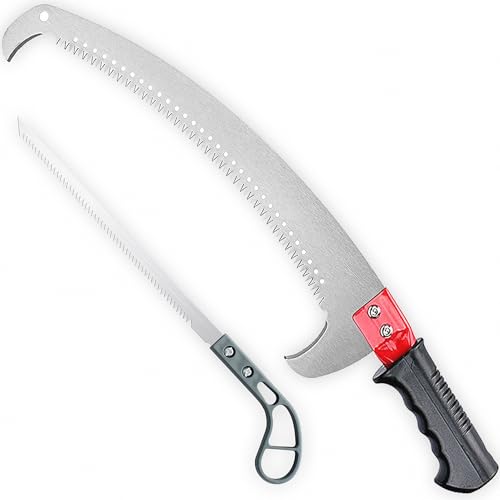I still do not understand the concept of worthless coals.... If you have to reload on a huge bed of coals to get heat, your stove is too small.
That's just BS!
Don't you get it? There ain't any air getting to the damn coals... no air, no combustion - no combustion, no heat. Why is that so hard to understand?
You should be able to open the damper and let those coals do some heating while they burn down.
Yeah, you would think so... but the air comes in the firebox above the coals, so it can't get to the coals below the top layer, and once the top coals ash-over very little air is getting to them... no air, no combustion - no combustion, no heat. Why is that so hard to understand?
Adding wood to a large coal bed not only wastes wood by burning it up faster, but also attributes to a coaling issue.
Well, at least we agree on something.
Wood burns in stages over a period of time. Once that fire starts hitting the coaling stage and secondary combustion almost stops, open the damper (air control) on the stove.
Why? None of it gets to the coals... believe me, I've tried it... it barely makes any difference at all, and the deeper the coal bed the less difference it makes. And besides, why should I have to babysit the stove... if the damn fire burned on a grate and air was directed under it, then air could get to the coals the the problem would be solved.
You're not getting this are you? The primary combustion air comes in above the glass door and washes down it (air wash), it warms up some as it does and reverses direction moving back up and out the flue... little, if any actually makes it to the coal bed, and what does just flows across the top of it for a short distance before it also warms and rises out the flue. There is a small (very small) amount of boost air that comes in the front, about 3 inches above the floor... it also flows across the top of the coals for a short distance, warms and rises out the flue. Over several hours (like over night) the front 1/4 of the fire box will eventually consume the coals... but only the coals exposed on top get any air. The air entering the firebox does little, if anything, to boost combustion of the coals... rather it just robs what tiny amount of heat they are making and carries it out the flue. Think of a fire pit with a deep bed of coals in the bottom covered with a few inches of ash... yeah, if you put your hand real close you can feel a little heat, but it ain't enough to warm a hotdog unless you stir them up. If you stir them up they'll make heat... but only until they cover-over with ash again, and then the heat is gone. THEY AIN'T GETTING ANY AIR!! This is what's happening in the EPA firebox that burns directly on the firebrick... THE COALS AIN'T GETTING ANY AIR! Yeah, there will still be coals after three damn days... but the stove didn't radiate enough heat over those three days to warm a hotdog.
























































